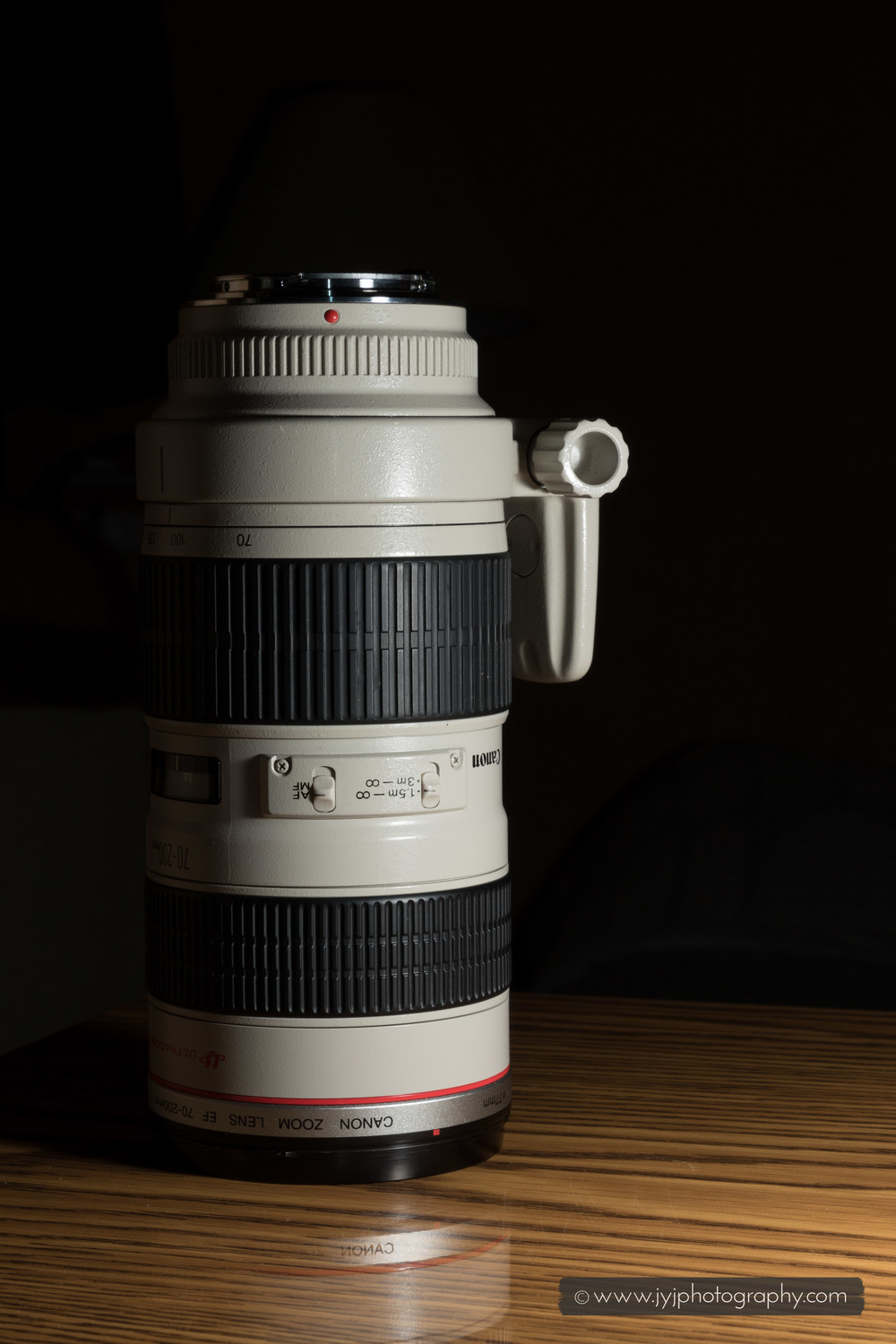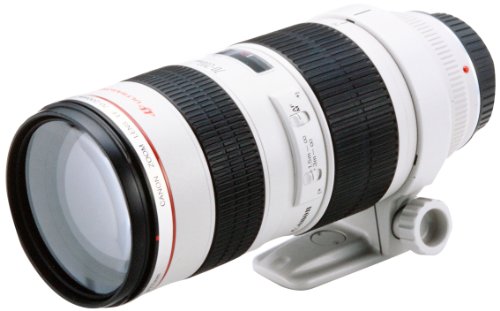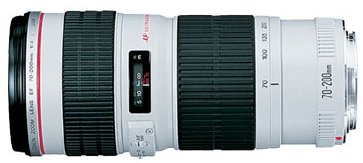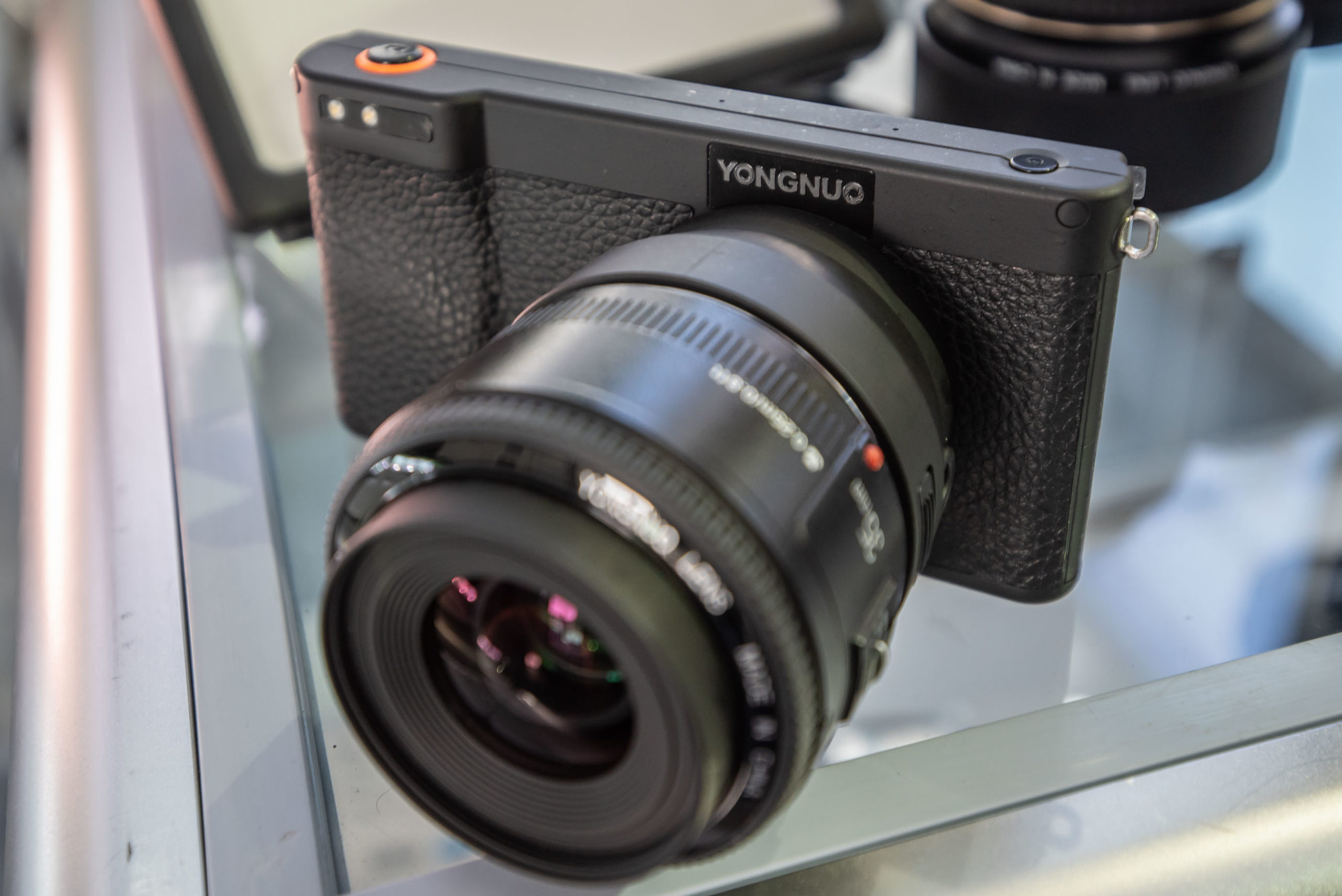
A legendary Canon 70-200mm lens review is now here. An overview, sharpness test, user experience, build quality, and price, we will go over every single details of this lens.
Canon currently has the largest 70-200mm lens sales than any other companies, such as Nikon, Sony, Sigma, and Tamron. This lens is not cheap by any means, but photographers pay a lot of money to get this lens due to its incredible performance.
70-200mm f/2.8L USM is the cheapest f/2.8 L lens within 70-200mm family from Canon, and is the oldest. This lens was first released in 1995 and still costs $1,200 to purchase. Is it worth it? Let’s see it.
If you have any questions regarding cameras and lenses, visit my buying guide pages below.
Specifications
- Focal Length: 70-200mm
- Maximum Aperture: f/2.8
- Focus Motor: Ultra Sonic Motor (USM)
- Weather Sealing: No
- 8 Diaphragm Blades
- 15 Groups, 18 Elements
- 1.5 Meter Minimum Focus Distance
- 77mm Filter Diameter
Specifications look like a top notch lens that costs thousand dollars. This lens has one more key hidden feature, and it is Ultra-low Dispersion or UD glass. UD glass is made out of fluorite to reduce and/or minimize the color fringing and/or chromatic aberration.
Build Quality
We all know that Canon’s L-series lenses are made and built like a tank, and this one proves it. This lens is made out of metal, even the inside components. Canon knew that the photographers tend to treat their gears pretty bad, and they made it to withhold some abuses.
Image Quality
![[70-200mm f/2.8L] 1/4@f/4, ISO 100](http://static1.squarespace.com/static/55f33e3ee4b01e51d6e40e94/55f59eb6e4b0741ffa9dcdda/5683a7fc40667ab28261cbe3/1451468851387//img.jpg)
![[70-200mm f/4L] 1/4@f/4, ISO 100](http://static1.squarespace.com/static/55f33e3ee4b01e51d6e40e94/55f59eb6e4b0741ffa9dcdda/5683a88a5a566839ff10b383/1451468993119//img.jpg)
I compared both 70-200mm f/4L and 70-200mm f/2.8L, and the result came out surprising and unexpected. I expected this lens to crush 70-200mm f/4L USM, but both lens had pros and cons.
Sharpness
Both lenses came out super sharp, but there was key differences between this two lenses. 70-200mm f/2.8L is SIGNIFICANTLY SHARPER around the edges, but TED LESS SHARPER at the center compared to 70-200mm f/4L. This surprised me because of the sharpness of 70-200mm f/4L at the center. So, for those who need sharp images in all corners of an image, 70-200mm f/2.8L wins.
Chromatic Aberration
Chromatic aberration on 70-200mm f/2.8L was quite disappointing. It performed worse than much cheaper 70-200mm f/4L. If you look at the “ultra” under the logo, you will see much more purple or red color around the edges of the text.
Bokeh!
![[70-200mm f/2.8] 1/100@f/4, ISO 100](http://static1.squarespace.com/static/55f33e3ee4b01e51d6e40e94/55f59eb6e4b0741ffa9dcdda/5683aee0a2bab87f93f6dbea/1451470576396//img.jpg)
![[70-200mm f/4] 1/100@f/4, ISO 100](http://static1.squarespace.com/static/55f33e3ee4b01e51d6e40e94/55f59eb6e4b0741ffa9dcdda/5683aefe4bf118cdfb9ea3b4/1451470606895//img.jpg)
70-200mm f/2.8L had much cleaner and more lovely blurred background compared to 70-200mm f/4L. If I drop the f-stop to f/2.8, it becomes even more blurry. An ability to use f/2.8 already makes this lens unique and have reason to buy. I learned and understood why many portrait photographers use this lens.
User Experience
This lens is quite heavy for a lens, it’s 3 pounds. The tripod collar helps to carry around, but at the end of the day, your arms will get tired after several hours of shooting. But, it was worth carrying that extra pound or two. This lens is capable of capturing sharp and professional quality images, for I enjoyed it, a lot. It feels good in the hand. It is solid, metal, and L lens. No one should be disappointed with this lens.
Conclusion
Canon 70-200mm f/2.8L USM is one professional quality lens. Many photographers consider this lens as a bargain due to its lower cost compared to 70-200mm f/2.8 IS II USM. And I totally agree with it. If Image Stabilization or IS is not crucial in your photography, I definitely recommend this lens. But if you are a wildlife photographer on a budget, consider buying cheaper 70-200mm f/4L USM, it has superior sharpness at the center of the frame.
Visit my buying guide pages to learn all about cameras and lenses!










Leave a Reply